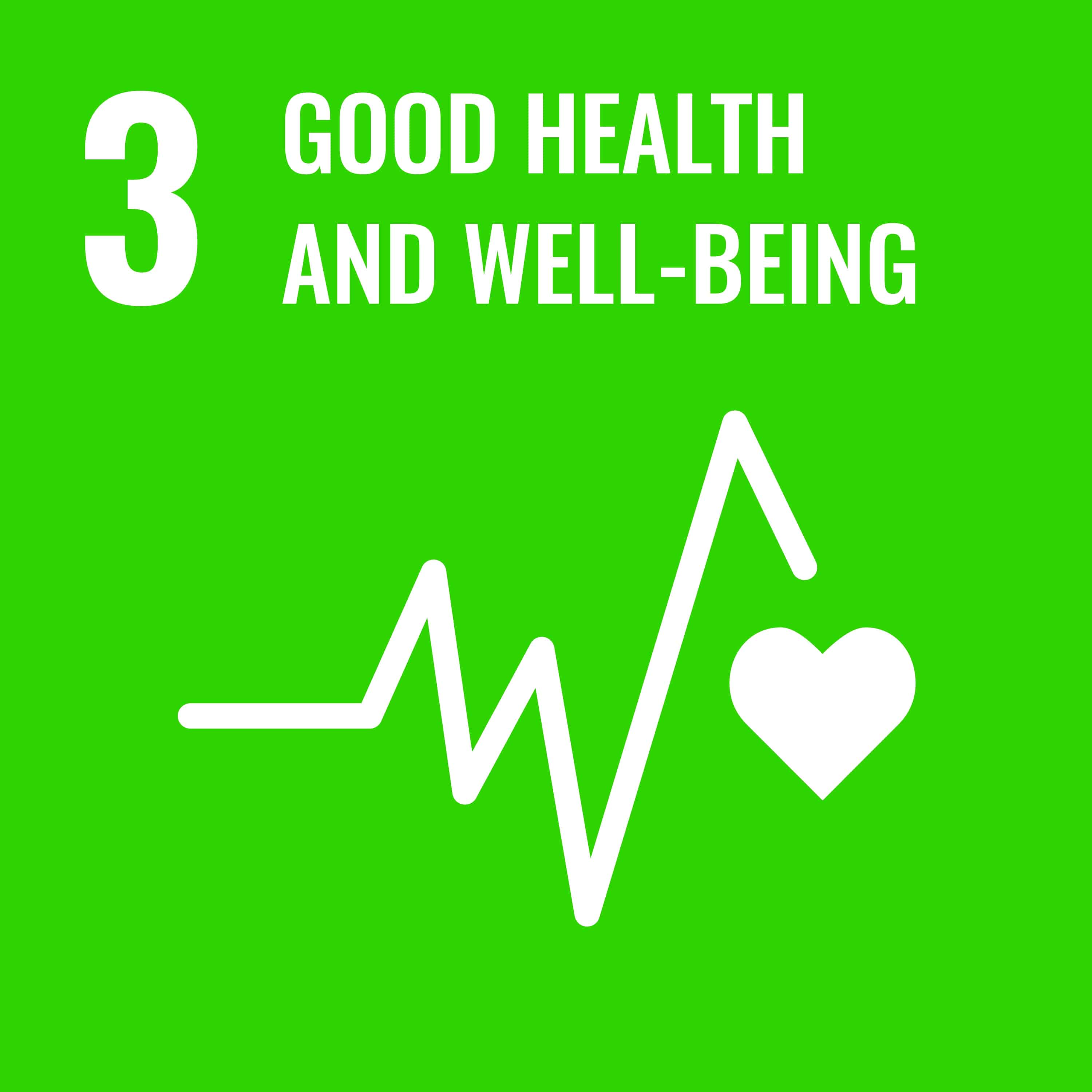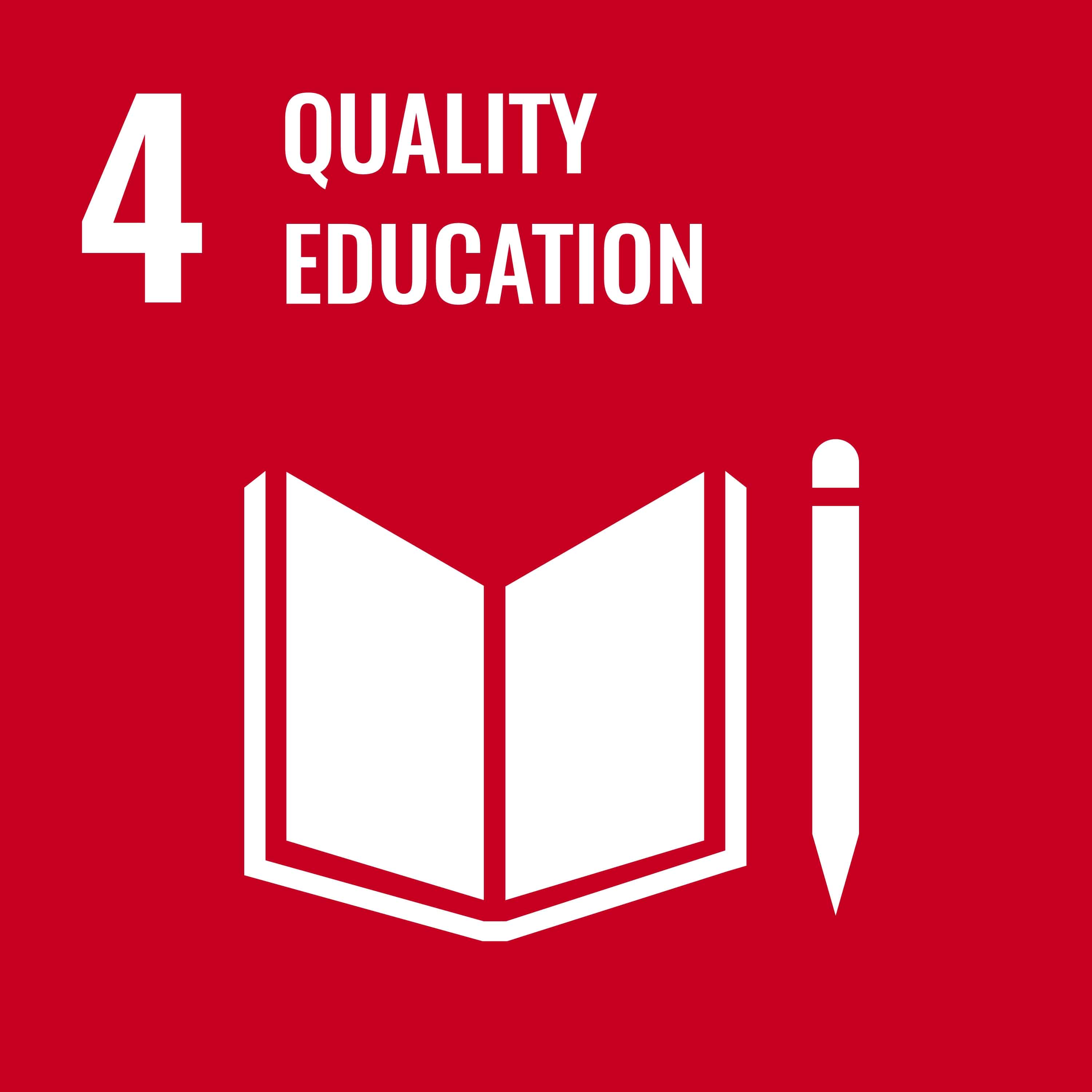Are you ready to dive into a world where you can make a real difference? At Kaya, we work to put sustainable travel at the heart of our work in International Education. As part of our mission, we recognize the work of the United Nations Sustainable Development Goals (UN SDGs) and their importance. Our programs reflect many of these global goals, but first, let’s get to know them a little better.
Get To Know The UN SDGs: A Global Call To Action
In 2015, leaders from around the world gathered together and created 17 goals that cover everything needed for the world to become more sustainable by 2030. Over 190 countries have committed to being the drivers of change of these goals, and we believe it is important for everyone to understand each goal. When you participate in Kaya’s impactful programs, not only will you contribute to the advancement of these goals, but you will also walk away knowing the importance of your contributions, and continue to contribute beyond your travels and into your future endeavours.

What Are the 17 UN Sustainable Development Goals?
- End poverty in all its forms everywhere
- Zero Hunger
- Good Health and well-being for all at all ages
- Quality Education
- Gender equality
- Clean water and sanitation
- Affordable and clean energy
- Decent work and economic growth
- Industry, innovation and infrastructure
- Reduce inequality within and among nations
- Sustainable cities and communities
- Ensure sustainable consumption and production
- Combat climate change and its impacts
- Life below water
- Life on land
- Peace, justice and strong institutions
- Partnerships for the goals
Global Engagement Starts With Awareness
We’re dedicated to integrating the UN SDGs into each of our programs and educating participants about their global significance. Let’s dive in a little deeper to understand more of what the global goals are and what they contribute to.
A Closer Look Into The UN SDGs
The 5 P’s
Not the marketing 5 P’s you might be familiar with, but a simplified version of the SDGs. Goals are grouped into the topics that each goal addresses, such as:
- People – Goals 1-5
- Planet – Goals 6,12, 13, 14, 15
- Prosperity – Goals 7-11
- Peace – Goal 16
- Partnerships – Goal 17

Biosphere, Social & Economy
Another way to simplify and group the goals is to divide them into 3 layers. Each layer stands for the environment each group of goals contribute to:
- Biosphere (environmental)
- Social (people)
- Economy (resources)

Voluntourism, Kaya & The UN SDGs: A Recipe For Change
At Kaya, we have worked to incorporate the UN SDGs into the programs we offer and work with our participants so they can spread understanding about this global mission and the part they play. We know the achievement of the goals relies not only on action from government and industry, but also from individuals. These global goals provide the foundations you to consider small improvements in their way of living.
In the long-term, we hope that all those who were involved in our programs and engaged in the SDGs will complete their studies, and go on to become professionals who eventually influence government and industry. We hope that all of you can go on to make a better world!
When you join Kaya, get ready for a life changing adventure that not only changes your life forever, but a life that is better for everyone!
UN SDGs in Kaya Programs
Regardless of what you are studying or your field of work, the UN Sustainable Development Goals will have some influence on your industry. You may be studying or looking for work in the field which align with certain goals directly:


Healthcare Professions
Kaya has medical volunteer programs and health sciences internships abroad that directly contribute to Goal 3: Good health & well being.

Environmental Sciences
Kaya has marine conservation internships and volunteer programs that directly contribute to Goal 14 Life below water.
Or, if you are interested in other career paths and academic fields, they might be surprisingly aligned to certain goals too:

Business
Kaya has business internships and volunteer programs abroad that directly contribute to Goal 8: Industry, innovation and infrastructure.

Agriculture
Kaya has agriculture internships and volunteer programs abroad that directly contribute to Goal 2: Zero Hunger.

Civil Engineering, Architecture
Kaya has design and architecture internships and volunteer programs abroad that directly contribute to Goal 11: Sustainable cities and communities.
With these in mind, it’s clear there are very few industries, if any, that are not engaged with some element of the SDGs. So, regardless of what area you study or career you wish to pursue, gaining a better understanding of the UN SDGs seems a smart choice for your future!
Benefitting The Planet & Participants
Engaging with the UN Sustainable Development Goals of course works toward benefitting the future, but also works as a great benefit for Kaya program participants. Here are a few ways you can benefit from understanding these global goals:
- Industry & Government Insight – Knowledge and practical understanding of topics affecting industry and government
- Enhanced Employability – Enhancing your employability, especially in a global context after experiencing different economies and cultures abroad.
- Applicability Worldwide – The SDGs language and philosophy can be applied to workplaces around the world.
- Addressing Anxiety – For a generation reporting high levels of anxiety related to their future, demonstrates positive progress and empowers them to take a role in addressing global challenges.
- Interdisciplinary Connections – The interdisciplinary nature of the SDGs can help students identify links between different subjects & skills, and provide an even greater career context for their subjects.
Beyond placements, our programs encourage you to explore how the local culture aligns with the goals, from healthcare and education to infrastructure and environmental conservation. Our mission is committed to fostering a deep understanding of the UN Sustainable Development Goals and empowering our participants to contribute to meaningful change and a more sustainable future.
This blog was written by Kayleigh Irvine


Recent comments